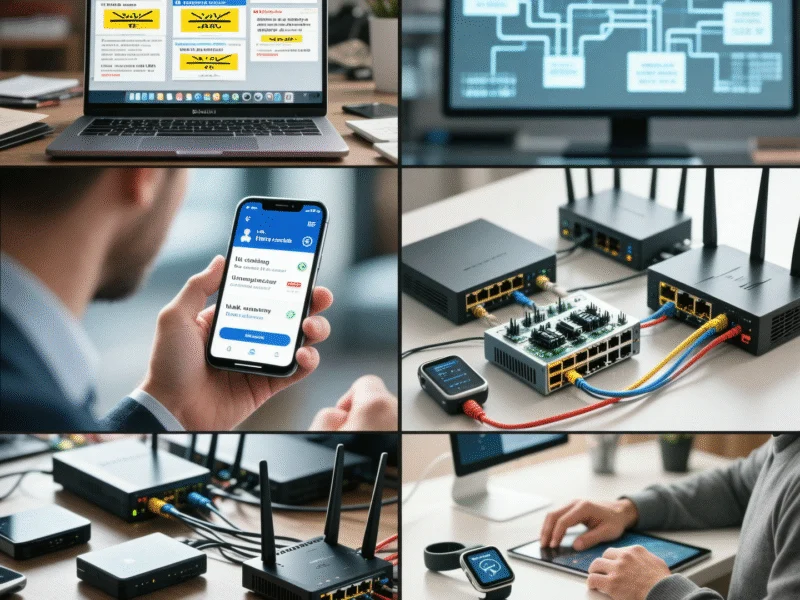Massive Text Scam Operation Uncovered
The Department of Homeland Security has revealed that Chinese criminal organizations have generated over $1 billion from sophisticated text message scams targeting American phone numbers during the past three years. According to a detailed report on the scam operations, these criminal networks have perfected methods to extract credit card information and bypass security measures through carefully crafted deceptive messages.
Investigators describe an elaborate black market ecosystem that connects foreign criminal networks with server farms capable of blasting millions of scam texts to potential victims. The sophistication of these operations highlights how cybercrime has evolved into a highly organized, transnational enterprise requiring coordinated international response efforts.
How the Scams Work
The criminal groups deploy text messages posing as legitimate entities including highway toll collection services, the US Postal Service, and traffic violation authorities. These messages create urgency by claiming unpaid fees or fines, prompting victims to click links leading to phishing websites designed to harvest credit card information.
What makes these scams particularly effective is the two-step verification bypass. After obtaining initial credit card details, victims receive follow-up texts requesting one-time passwords from their banks. Unknowingly, victims provide codes that actually allow criminals to add stolen cards to digital wallets like Apple Pay and Google Pay.
The technological infrastructure behind these operations involves SIM farms – facilities containing hundreds or thousands of SIM cards that can send massive volumes of texts. Homeland Security Investigations assistant special agent Adam Parks explained: “One person in a room with a SIM farm can send out the number of text messages that 1,000 phone numbers could send out.”
Domestic Operations and Money Laundering
DHS investigators have discovered at least 200 SIM farms operating within the United States, all remotely controlled from China. These operations have been found in various locations including shared office spaces, crack houses, and even an auto-repair shop, demonstrating the criminals’ ability to establish footholds in diverse environments.
Once credit cards are compromised, the criminal networks employ US-based accomplices who max out the stolen cards purchasing easily resold items like iPhones and gift cards. These “mules” receive a percentage of the stolen funds, creating a distributed money-laundering system that’s difficult to trace back to the masterminds. This complex operation shows parallels with how advanced technologies are transforming criminal methodologies across multiple domains.
Scale and Impact
The sheer volume of these scam attempts is staggering. One company that monitors and filters scam texts reported that in just one day last month, more than 330,000 toll scam messages were sent. Elderly Americans appear to be disproportionately targeted, leading the National Cybersecurity Alliance to develop specialized guidance to help vulnerable populations recognize and avoid these sophisticated schemes.
The criminal operations demonstrate how technological advancements are being weaponized against consumers. As organizations work to counter these threats, the development of advanced computing systems may eventually help security researchers better analyze and prevent such coordinated attacks.
Broader Implications
This billion-dollar scam operation occurs against a backdrop of increasing geopolitical tensions and technological competition. The situation echoes concerns about resource dependencies and economic leverage in the technology sector, highlighting how criminal activities can intersect with broader international relations.
Meanwhile, as legitimate businesses explore artificial intelligence applications, criminal organizations appear to be developing their own sophisticated automated systems. The text scam operations coincide with industry movements toward AI-powered productivity tools and AI-driven employment platforms, creating a technological arms race between security professionals and cybercriminals.
The DHS continues to work with telecommunications companies and financial institutions to develop better detection systems and public awareness campaigns. However, the scale and sophistication of these operations suggest that combating them will require ongoing international cooperation and continued technological innovation in cybersecurity defenses.



